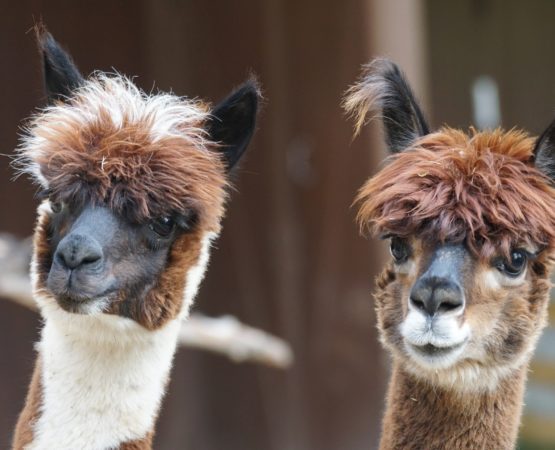About Baby Alpaca Fibre
It is no wonder that alpaca fibre was once considered a treasure of the ancient Incas. Its fleece is exceptionally soft, hypoallergenic, water repellent, lightweight and very durable.
The softest and finest fibre, known as baby alpaca, does not come from newborn animals and the term is just a type of grading to describe how fine the fibre is (19,5-21,5 microns). It is this type of fleece that is used to produce Tuwi’s warm and cosy blankets and throws.
In its softness baby alpaca fleece is comparable to cashmere although some believe it has softer silky feel due to its longer fibres.
Alpaca is up to five times warmer than the common sheep’s wool. Thanks to the air pockets that are ONLY found in alpaca fibres, this fleece has outstanding thermal qualities, which bring warmth in cold weather and keep the body cool in heat.

